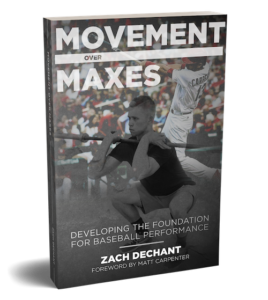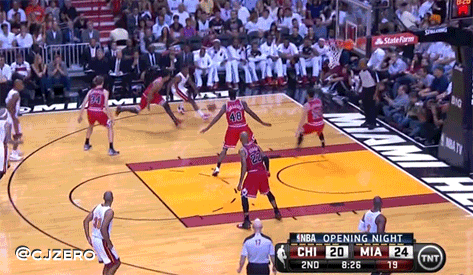| |
You want to learn, network and grow as a professional.
Is it even possible in such an intimidating environment filled with so much conflicting information?
YES!
|
| |
It's Overwhelming Out There...
Anthony Renna, host of The Strength Coach Podcast
I can remember when I first started out as a trainer, I couldn't believe how much conflicting information there was about Strength and Conditioning and Personal Training!
I was trying to absorb as much information as I could but it was pretty confusing, I wasn't sure who to believe or who I could trust. The internet was (and still is) filled with snake oil salesmen padding their resumes (amazing how many people claim to have worked with pro athletes and Olympic champions) trying to make a buck selling “magic” training formulas.
The peers I had been working with in my big box gym seemed to be mostly concerned with their own bodies, and trainers who had been there the longest were not interested in teaching anyone that might be their competition.
They certainly weren't interested in learning anything new. I wasn't sure where to turn.
A lot of trainers face the same problems:
- Overwhelmed by all of the information on the internet
- Waste too much valuable time searching for answers to questions
- Take a chance and overpay for DVD's that end up over-promising and under-delivering
- Get books that are outdated with authors that you can't get in touch with for questions
- Have no one to connect with to talk about industry topics
- Can't find good mentors to help with advancing in their career
It's frustrating!
According to many sources, the career "life" expectancy for trainers is anywhere from 1-3 years.
They end up leaving the business for good.
I know, I was at that point.
I really felt all alone in my pursuit to become a better trainer.
Enter the MichaelBoyle.biz forum.
Coach Boyle was someone who had been already been working in Strength & Conditioning for 20 years, working with all kinds of athletes at Boston University, the Boston Bruins, the US Women's Soccer and Hockey teams and lots of pro football players.
He was still in the trenches, which is important for me when I am looking to learn from someone. Fitness business expert and StrengthCoach.com frequent contributor Alwyn Cosgrove likes to say, “Been There, done that, still DOING it”. That's Coach Boyle.
I had just read his first book, Functional Training for Sports, and his philosophies and methods really resonated with me. His work made sense.
Coach Boyle started his own forum to be able to answer so many of the questions he was getting and it was filled with strength coaches who had been working in high schools, colleges and the pros. There was so many amazing discussions about every topic and situation imaginable in S&C. It was incredible.
I found a home...
A Place to
Learn From, Network and Connect with
a Community of
Trusted, In-the-Trenches Coaches
| World Renowned Strength Coach Michael Boyle (Boston Red Sox, Boston Bruins, USA Women's Hockey and More!) |
Coach Boyle has created the Greatest Community of Strength Coaches in the World from: |
- Miami Dolphins
- Minnesota Wild
- Canada Basketball
- USA Hockey
- Seattle Sounders
- Arsenal FC
- AS Roma FC
- Seattle Seahawks
|
- St. Louis Cardinals
- Quinnipiac Univ.
- Univ. of Mass. Lowell
- Union College
- New Jersey Devils
- San Jose Sharks
- Anaheim Ducks
- and so many more!
|
| |
This is the BEST place to learn, grow and network with the BEST Strength Coaches in the World.
It's the ONLY place to have access to Coach Boyle, he's on the forum Every Day!
I started to interact as much as I could on the forum, learning from all the experienced coaches that were on there.
When I went to conferences and workshops, I was able to network, meet and become friends with so many like-minded coaches because I had already been connecting with them on the forum.
I became a better, more knowledgeable coach, inspired by the incredible S&C community and their willingness to share knowledge and experience.
That little forum really grew and Coach Boyle had the opportunity to expand into what has become StrengthCoach.com, with hundreds of articles, videos, programs, and webinars. Of course, the forum has grown into something really special, with categories that include Advanced, Beginner, FMS, High School, Business, Critique my Form, Nutrition and more.
Coach Boyle is on everyday answering (and asking) questions.
It's the only place anywhere to have full access to him.
Imagine a place...
Where you could go to get the latest info on everything Strength & Conditioning and training and interact with some of the best Strength Coaches in the World!
It really has become “The Best Source for Strength and Conditioning Information”















